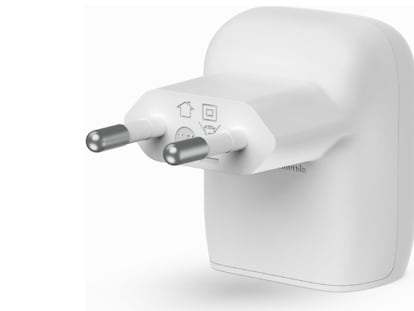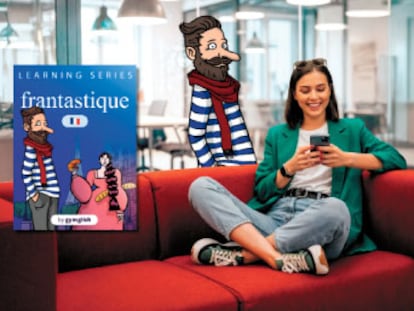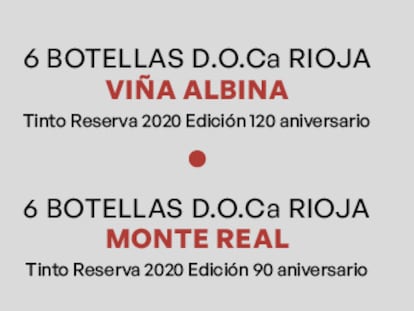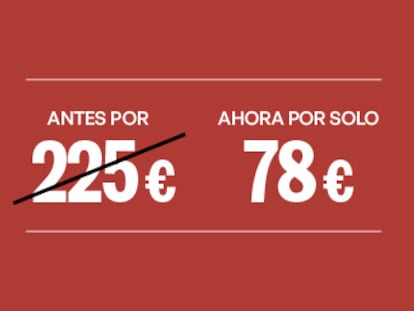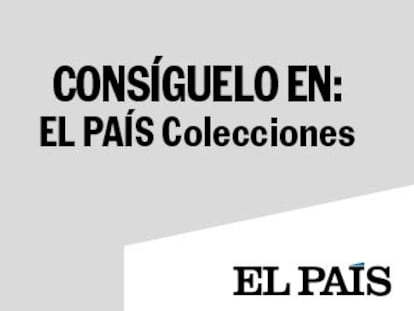Banking on art
The current crisis will bring about further mergers and acquisitions in the financial sector. Many lenders still have major collections among their assets
The financial earthquakes of recent years that have redrawn the map of Spain's banking system have also produced collateral damage: mergers and acquisitions have reduced the number of banks, with a further contraction likely in the coming years. Among the many assets of Spain's lenders to be considered during a merger are art collections built up over the last two decades.
In the same way that few regional governments could resist the temptation to build new art galleries, a great many banks decided that they would establish their own art collections. In the case of the cajas, or savings banks, these were often a way of supporting local artists, while at the same time establishing collections that many major galleries would envy. The initial idea was simply to decorate the offices of bank directors with works from the great and good of yesterday and today. But little by little, these collections took on a life of their own.
The collection built up by Banco Santander provides an illustration of how a policy of mergers and acquisitions brings with it the responsibilities of a major art collection. With more than 1,000 works dating back to the 18th century, among them more than a handful of masterpieces, Santander's current collection was built on the basis of that of Banco Urquijo, a large part of which Banco Central Hispano bought in the 1980s and which in turn then became Santander's when it swallowed up BCH. The collection already included work by Tàpies, El Paso, and Guerrero, along with an impressive array of tapestries.
Banco Urquijo was among the first Spanish banks to seriously collect art. In 1988, its collection was valued by Sotheby's at more than six billion pesetas (around 36 million euros.) Among the most celebrated pieces was Goya's Portrait of the Count of Floridablanca, which subsequently joined the Bank of Spain's collection of Goya portraits.
Rosario López Merás, the head of the Santander Foundation's cultural projects, points to some of the masterpieces spread across Spain's banks and cajas, including Banco de Granada's The Virgin Child by Zurbarán and a collection of priceless coins owned by Banco de Jerez. Santander boasts works by El Greco, Cranach, Van Dyck, Sorolla, Casas, Picasso, and Miquel Barceló.
Spain's other leading bank, BBVA, also has an impressive art collection of around 1,000 works acquired by Banco Bilbao and Banco Vizcaya before they merged in 1988 to become BBV. When it merged with Argentaria in 1999, it acquired the savings bank's collection of 428 works of art.
Banco Bilbao had specialized in Flemish artists for many years, while Banco Vizcaya focused mainly on contemporary works. It is difficult to put a price on the collection, but for insurance purposes, the figure generally accepted is 50 million euros. The stellar piece in the collection is unquestionably Goya's portrait of Don Pantaleón Pérez de Nenin, painted in 1808. It is currently valued at five million euros, and was purchased by Banco Exterior in 1961 - which in turn was bought by Argentaria in 1998. The work is part of a collection that can usually be seen at the Palace of the Marquis of Salamanca, in Madrid, when it is not out on loan to galleries around the world.
La Caixa's collection tells a different story, says Nimfa Bisbe the head of the savings bank's contemporary art collection, pointing out that its acquisitions and mergers have not added much to its pool of paintings, sculptures and other works. La Caixa's collection was largely put together by María Corral, a former director of the Reina Sofía museum in Madrid, and is widely considered among the most representative of artistic trends over the last 50 years. The collection includes works by Bruce Nauman, Joseph Beuys, Mario Merz and Juan Muñoz.
La Caixa's ambitious approach to collecting was followed by many smaller savings banks, particularly during the boom years of the mid-1990s up until the collapse of the property market in 2008, a situation that means many of these institutions now face an uncertain future. That of their collections has still to be decided; they are either taken over by the state, or merged with other entities that may not be in a position to continue their exhibition and maintenance. Notable among these is the collection of the Caja de Ahorros del Mediterráneo. The savings bank, which was mismanaged through political interference, has just been bought by Banco Sabadell, which has yet to say what it intends to do with its impressive art collection.
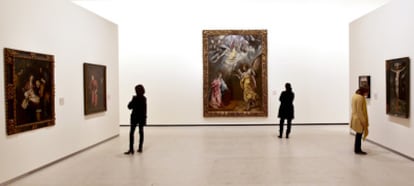
Tu suscripción se está usando en otro dispositivo
¿Quieres añadir otro usuario a tu suscripción?
Si continúas leyendo en este dispositivo, no se podrá leer en el otro.
FlechaTu suscripción se está usando en otro dispositivo y solo puedes acceder a EL PAÍS desde un dispositivo a la vez.
Si quieres compartir tu cuenta, cambia tu suscripción a la modalidad Premium, así podrás añadir otro usuario. Cada uno accederá con su propia cuenta de email, lo que os permitirá personalizar vuestra experiencia en EL PAÍS.
¿Tienes una suscripción de empresa? Accede aquí para contratar más cuentas.
En el caso de no saber quién está usando tu cuenta, te recomendamos cambiar tu contraseña aquí.
Si decides continuar compartiendo tu cuenta, este mensaje se mostrará en tu dispositivo y en el de la otra persona que está usando tu cuenta de forma indefinida, afectando a tu experiencia de lectura. Puedes consultar aquí los términos y condiciones de la suscripción digital.

